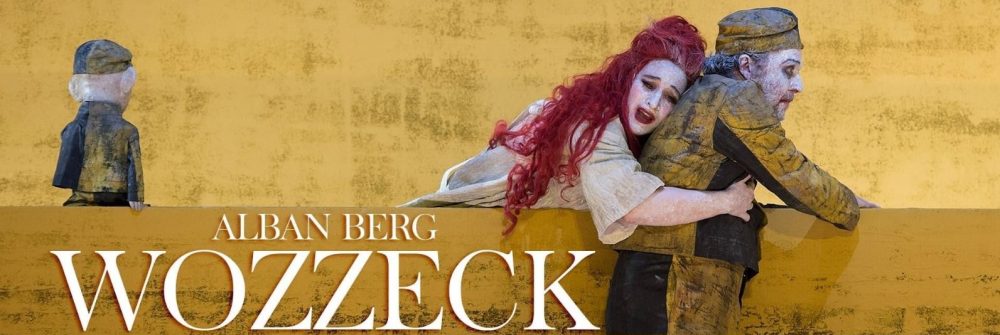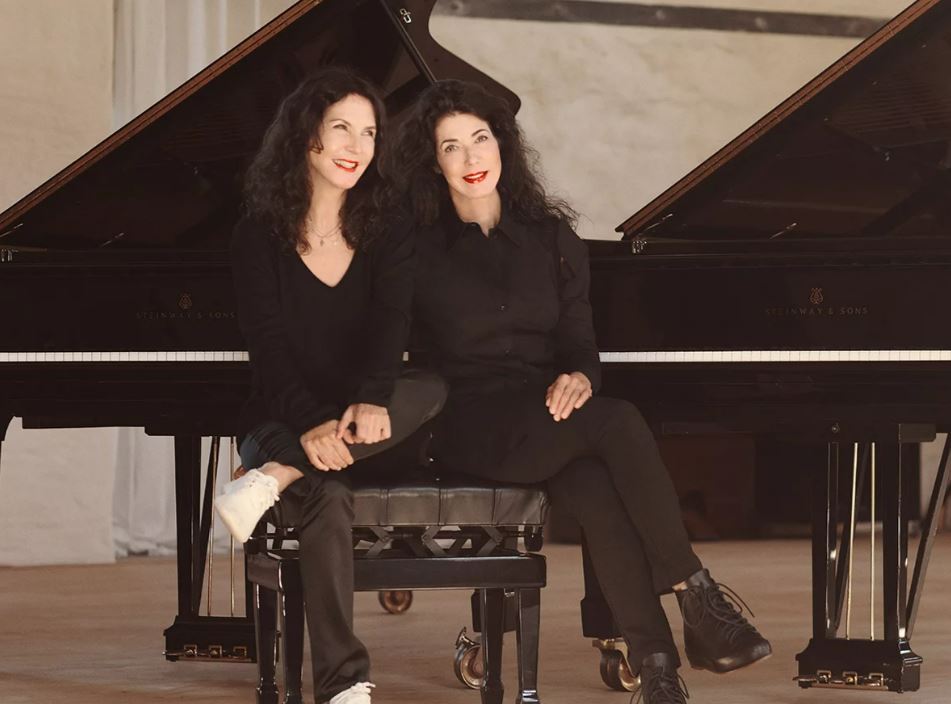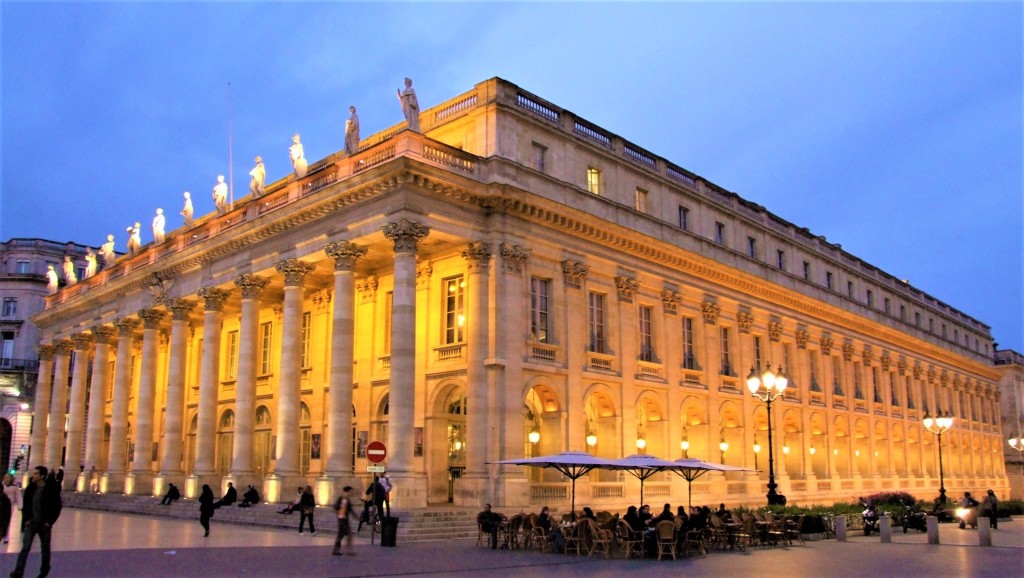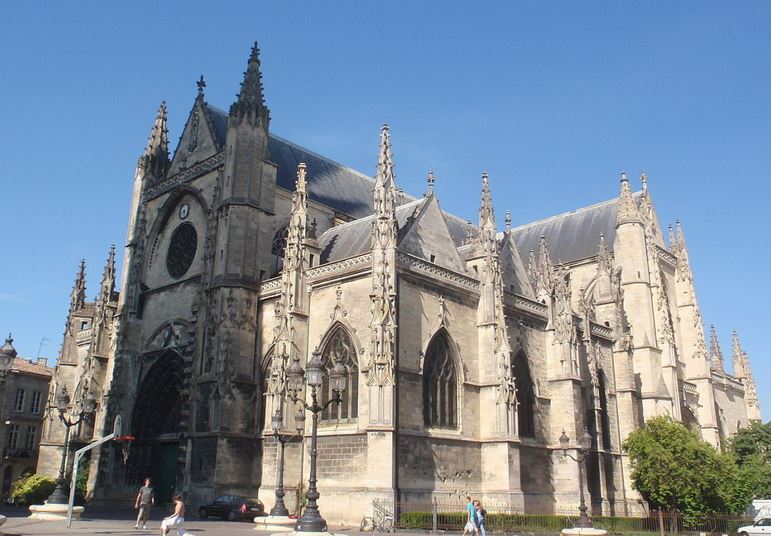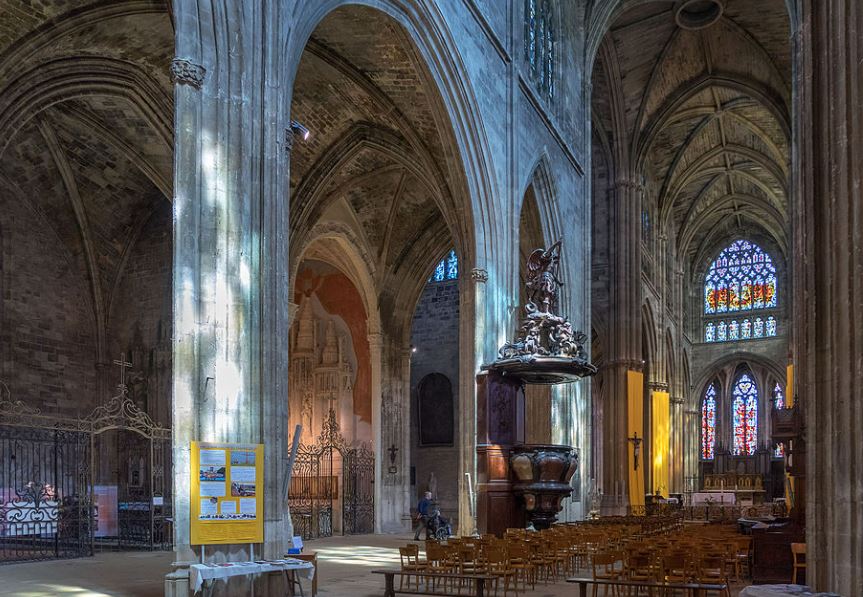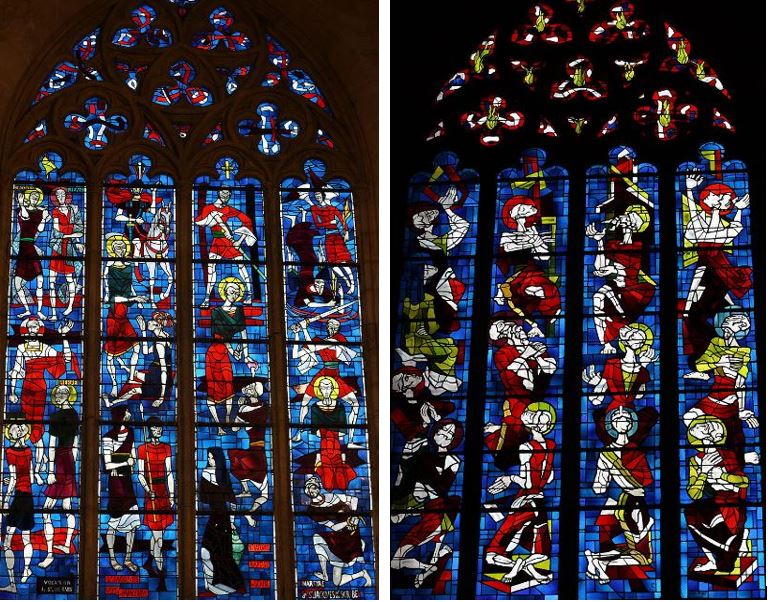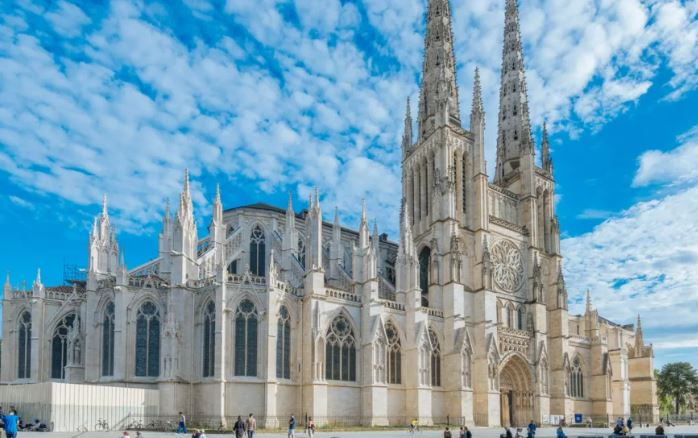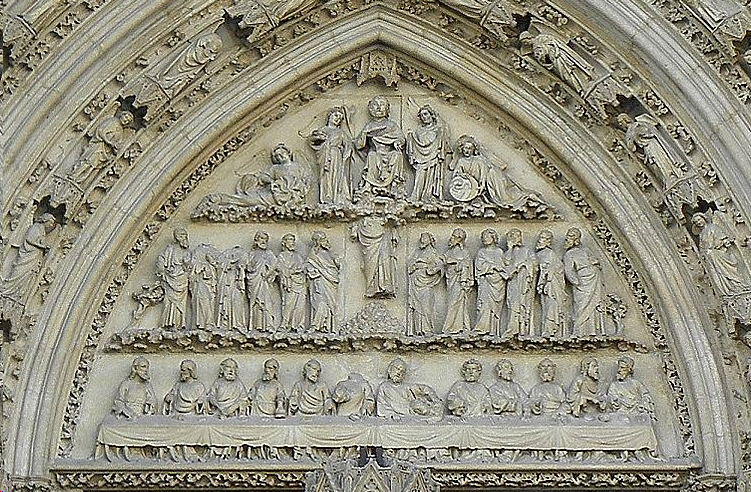Bordeaux, the capial of the Nouvelle-Aquitaine region, is the sixth-most populated city in France. It is best known as a world capital of wine, being surrounded by some of France’s best chateaux and vineyards. The city itself contains numerous impressive monuments and cultural sites and is home to Opéra National de Bordeaux with its imposing Grand Théâtre.
Grand Théâtre de Bordeaux
The Grand Théâtre was completed in 1780. It has a neo-classical façade with impressive Corinthian-style columns. In 1871, the theatre was briefly the National Assembly for the French Parliament. Today it is home to the Opéra National de Bordeaux, as well as the Ballet National de Bordeaux.
Basilique Saint-Michel
The Basilique Saint-Michel was built between the fourteenth and the sixteenth centuries in the Flamboyant Gothic style and is now designated a UNESCO World Heritage Site. It has a separate freestanding bell tower that stands at an impressive 114 metres but unfortunately at the time of the visit this was covered by scaffolding.
Basilique Saint-Michel nave
The original stained-glass windows of the basilica were destroyed by bombing in 1940; however, this meant that spectacular twentieth-century replacements could be installed.Those in the choir, designed by Max Ingrand, are particularly impressive.
Basilique Saint-Michel stained-glass windows
Cathédrale Saint-André
Another UNESCO World Heritage Site, construction of the Gothic-style Cathédrale Saint-André began in the fourteenth century, although the building of the nave was interrupted by the Hundred Years War. The north portal, built between 1325 – 1350, is particularly impressive with its splendid spires and thirteenth-century tympanum. The tympanum is carved in three layers; the bottom layer depicts the Last Supper, the middle shows the Ascension of Christ between the twelve apostles, whilst at the top is Christ enthroned between angels.
Cathédrale Saint-André tympanum
Grosse Cloche
The Grosse Cloche is the nickname given to one of the medieval entrances to the town. It was built in the fifteenth century as a route through the ramparts and was used by pilgrims en route to Santiago de Compostela.
The town magistrates are said to have rung the bell as a signal for the harvest to start and also to alert the population in the event of fires starting. It has since become a symbol of the town and appears on its coat of arms. The text engraved on the great bell reads “I call to arms I announce the days I give the hours I chase away the storm I ring in the holidays I shout fire.”
